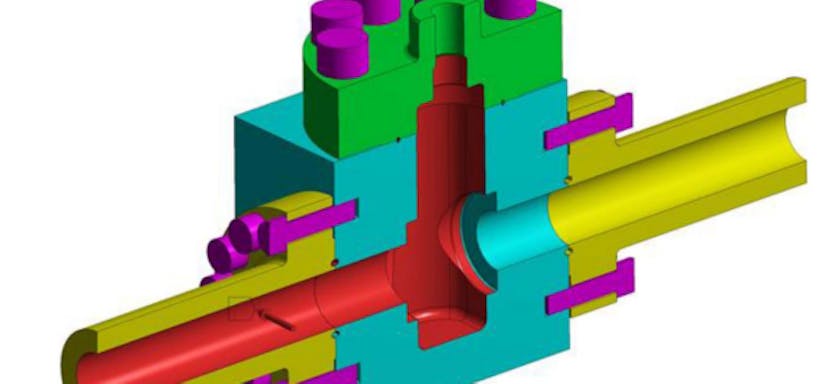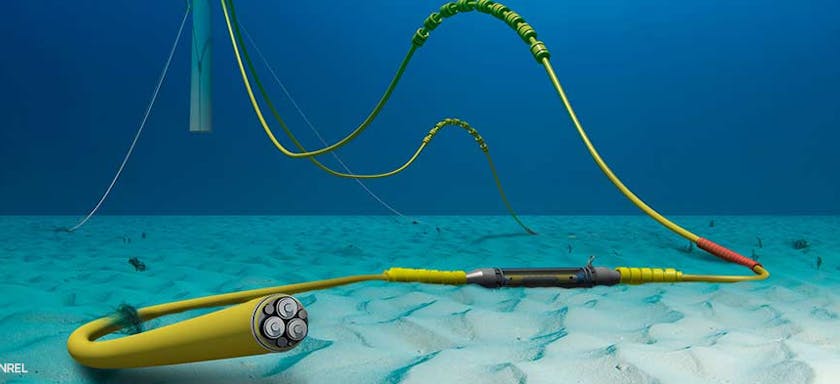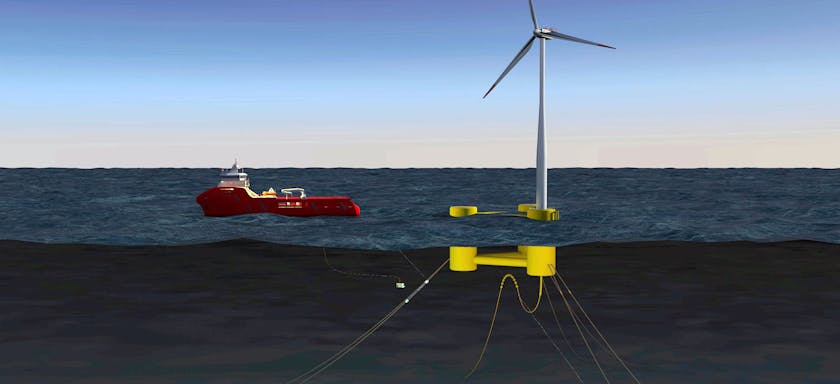Enabling Subsea Well P&A with Modern Vessels
EVENT: APOGCE
1 Nov 2020
An increasingly common problem faced by subsea well operators is plugging and abandonment (P&A) of wells using modern drilling vessels. This challenge is due to older wellhead and conductor designs which are not fatigue resistant and which have less bending load capacity. Combined with the current trend of using larger and heavier BOP stacks provided by 5th and 6th generation drilling vessels, this results in large motions and loads transferred to the wellhead, and hence higher risk of fatigue failure or component capacities being exceeded during P&A. This paper discusses the methodology for assessing the feasibility of performing P&A on wells with modern vessels and evaluates mitigation options available.
Firstly, analysis is performed to determine historical fatigue accumulation in the wellhead and conductor system from drilling and completion operations. Historical fatigue accumulation can be refined by incorporating details from the operational history including vessel heading, metocean conditions, and riser configuration. Fatigue accumulation from planned P&A operations with modern day drilling rigs is then assessed to determine if there is sufficient remaining fatigue margin for the planned P&A operations. If required, mitigation measures such as optimizing riser tension and vessel heading, reducing BOP stack size, calibrating analysis models using monitoring data and using a BOP tether system are evaluated.
Strength assessment for P&A operations is also performed to determine vessel station keeping requirements.
Examples from a number of case studies of recent subsea well P&A in Australia are presented.
The effectiveness of different fatigue mitigation measures are compared. Findings presented in the paper allow operators to efficiently evaluate and plan safe P&A operations on older wells with modern drilling vessels.
Authors

Mike Campbell
Global Director, USA

Mike Campbell
Global Director, USA
About
Mike is a Global Director and vice president of 2H’s Houston office, where he is responsible for the management of the engineering group. Mike has over 22 years of experience dedicated to riser engineering, ranging from conceptual design and feasibility to detailed design, installation, monitoring and operational integrity management for all types of riser systems and subsea equipment. He has authored numerous technical publications including fatigue analysis methods and the use of field measurements to benchmark and improve design tools. Mike is a graduate of the University of Sheffield, UK, and has a bachelor’s degree in mathematics and physics.
Tze King Lim
Technical Manager
Tze King Lim
Technical Manager
Insights

Elizabeth Tellier
Director, Australia

About
Elizabeth is the director of 2H’s Perth office. She holds a bachelor’s degree in mechanical engineering and a minor in business from Texas A&M University. Liz has 20 years’ experience in the oil and gas industry with various types of riser design, subsea structural monitoring systems and subsea integrity management.
In 2010, Elizabeth relocated from Houston to Perth, Australia to launch a local office to support the growing subsea market in west Australia. She has since been an active member of the subsea engineering community in Perth with key involvement in the local SUT branch.
Major project involvement includes managing BP’s subsea & riser integrity programme, Anadarko’s Caesar Tonga freestanding riser pre-FEED and FEED, developing the Perth team’s drilling riser and conductor capability and delivering various subsea structural monitoring solutions to clients in Australia. Elizabeth has also been instrumental in the development of 2H’s renewable energy services to support floating and fixed offshore wind projects in the region.








